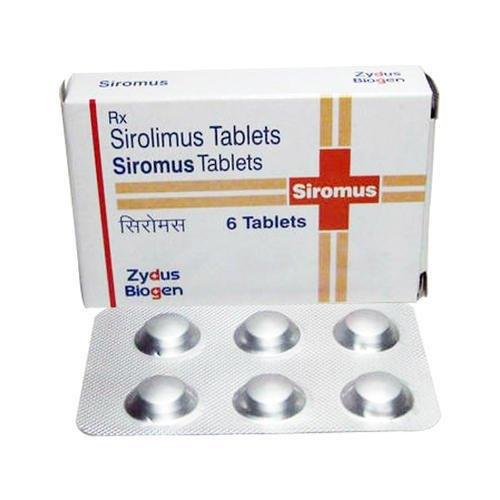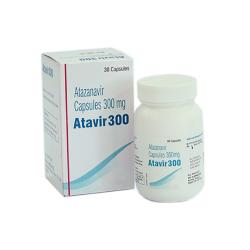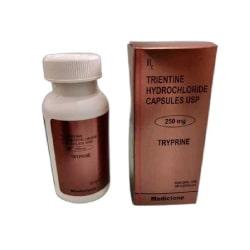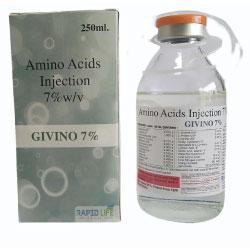Description
One macrolide drug, Sirolimus Tablets was approved for treatment of:
- lymphangieiomyomatosis, a progressive systemic condition that causes cystic lung deterioration.
- Coat coronary stents: A coronary stent is a tube-shaped device used to enlarge the vein that leads to or originates from the heart and transports blood.
- Prevent organ transplant rejection by inhibiting the immune system, which lowers the likelihood of organ transplant rejection.
Dosage and Side Effects
With or without food, sirolimus should be taken orally at roughly the same time every day. It is recommended to take sirolimux tablets whole, along with water. The tablet must not be chewed, opened, or damaged.
A decrease in glucose tolerance and insulin sensitivity, dizziness, leg swelling, thrombocytopenia, pain, headache, abdominal pain, acne, chest pain, hypertension, hypertriglyceridemia, fever, hypercholesterolemia, creatinine, anemia, nausea, urinary tract infection, arthralgia, sore throat, and dizziness are the most frequent side effects of sirolimus.
FAQ's
What are the uses of Sirolimus?
Sirolimus is prescribed to prevent organ transplant rejection and to treat LAM (lymphangioleiomyomatosis).
Is Sirolimus safe to use on its own?
Sirolimus can be used alone or combined with a calcineurin inhibitor (such as tacrolimus) and/or mycophenolate mofetil to create steroid-free immunosuppression regimens.
What components make up Sirolimus medication?
The active ingredient in Sirolimus is Sirolimus itself, while the inactive ingredients include sucrose, lactose, polyethylene glycol 8000, calcium sulfate, microcrystalline cellulose, pharmaceutical glaze, talc, titanium dioxide, magnesium stearate, povidone, poloxamer 188, polyethylene glycol 20,000, glyceryl monooleate, carnauba wax, and dl-alpha-tocopherol.
Was Sirolimus or Rapamycin initially designed as an antifungal agent?
Yes, Sirolimus/Rapamycin was originally developed as an antifungal medication.
What type of compound is Sirolimus?
Sirolimus belongs to the class of macrolide compounds.






